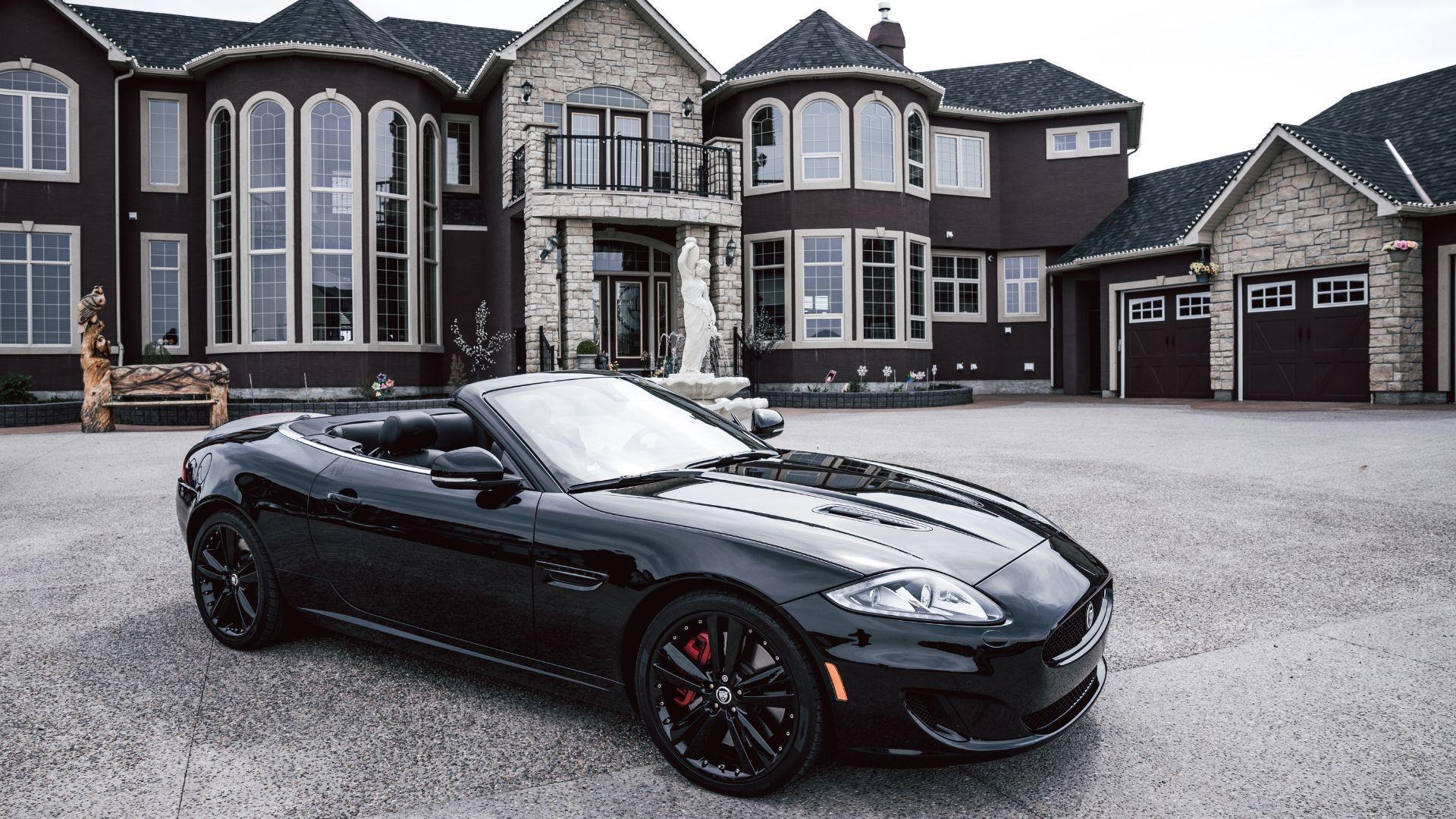There is a widely discussed narrative that suggests Baby Boomers will transfer tens of trillions of dollars to their heirs in the coming decades.
This phenomenon, often termed the “generational wealth transfer,” has garnered significant media attention for its magnitude and the potential impact on younger generations grappling with financial insecurities.
The Scale of Wealth Transfer

According to Cerulli Associates, a wealth management firm, approximately $53 trillion is expected to be passed down from Boomers to their Gen X, millennial, and Gen Z heirs, as well as charities (via Yahoo! Finance).
This includes gifts during their lifetimes and inheritances afterward. However, the distribution and impact of this wealth transfer are complex and not evenly spread across all demographics.
Health care Costs: A Major Obstacle

Cerulli Associates reports that a significant portion of potential inheritances is being consumed by the escalating health care costs for the elderly.
This expense diminishes the amount younger generations might inherit.
Wealth Concentration Among the Affluent

Cerulli Associates estimated that 68% of the wealth transferred between 2020 and 2045 will come from U.S. households with at least $1 million in investable assets.
Only 6.9% of households fall into this category. Consequently, the transfer of wealth remains largely within a relatively small, affluent segment of the population.
Boomers’ Economic Advantages

The Baby Boomer generation benefited significantly from America’s economic growth in the latter half of the 20th century.
They experienced a thriving economy in their youth as the U.S. emerged as a superpower and later enjoyed the advantages of affordable housing and a strong stock market.
Financial Struggles of Gen X and Millennials

In contrast, Gen X and Millennial cohorts have faced numerous financial challenges, including student debt, the rising cost of living, the dot-com bust, the Great Recession, and the COVID-19 pandemic.
These factors have occurred at critical stages in their lives, adversely affecting their financial stability.
Concerns Over Retirement Security

A survey by the Transamerica Center for Retirement Studies revealed that Gen-Xers reported having a median of $82,000 in retirement savings, while millennials reported $49,000.
Fidelity’s annual retiree health care cost estimate indicates that a significant amount is needed for health care expenses in retirement, highlighting a gap in preparedness.
Baby Boomers’ Retirement Concerns

Baby Boomers, nearing or at retirement age, also face financial uncertainties.
The Transamerica survey found the median Baby Boomer household has about $289,000 in retirement savings, which is below the amount Fidelity suggests is necessary for a comfortable retirement.
The High Cost of Elderly Healthcare

Fidelity’s annual retiree health care cost estimate reports a single 65-year-old could need about $157,500 after taxes to cover their health care expenses in retirement, and a couple could need $315,000.
The substantial costs associated with health care for the elderly can deplete savings rapidly. This financial burden is often overlooked when discussing the generational wealth transfer.
Inflation Outpacing Senior Incomes

Seniors are increasingly finding their living costs outstripping their income. The Senior Citizens League points out that costs for seniors have consistently risen faster than inflation and Social Security adjustments.
This disparity creates a financial strain for many older Americans, impacting their quality of life and financial security.
Medicaid and Retirement Savings

Josh Gordon, the director of health policy for the Committee for a Responsible Federal Budget, told NBC News, “Most people’s retirement savings just don’t cover more than a year or two in assisted living or a nursing home.”
He also noted that many eventually rely on Medicaid, but only after their assets are nearly depleted.
America’s Aging Population

As the population ages, with a projected increase to about 84 million people over 65 by 2050, national health care spending is expected to rise significantly (via U.S. Census Bureau).
This demographic shift will increase the demand for elder care and associated costs, presenting a substantial challenge for future generations in managing health care and inheritance.
